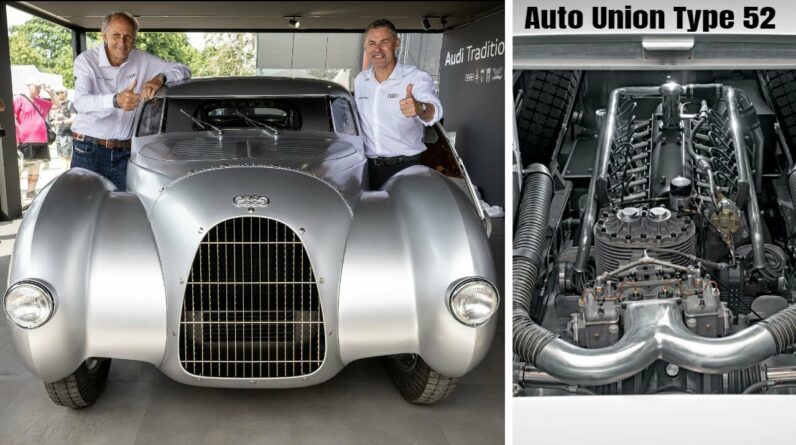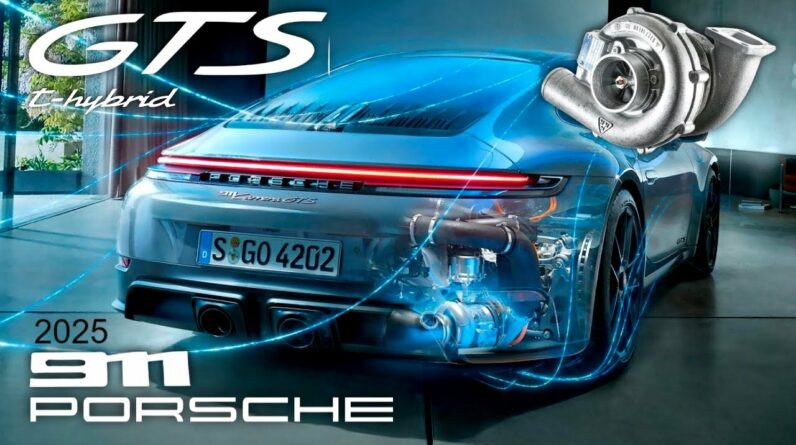Following a brief hiatus, the iconic GTR badge was revived once again as a standalone model for the first time when it was introduced in 2007.
First shown as the GTR Concept at the 2005 Tokyo Motor Show and making its production debut at the same event two years later, the R35 Nissan GT-R has cemented the nameplate as a performance car icon.
Designed as a supercar from the outset, the R35 continued the legacy of its predecessors as a two-door coupe with all-wheel drive and a twin-turbo six-cylinder powerplant but was entirely new.
The body was uniquely styled and no longer based on the Skyline, and used clever aerodynamics to produce downforce for high-speed stability while maintaining a low drag coefficiency of 0.26Cd – making the GTR the most efficient sports car at the time.
Under the sleek bodywork, the engine was now a 3.8-litre twin-turbo V6 that drove a complex all-wheel drive transmission via a six-speed dual-clutch transaxle mounted in the rear axle to improve weight distribution.
When it was first launched, the VR38DETT V6 produced 358kW and 583Nm and was capable of propelling the GT-R from 0-100km/h in 3.6 seconds.
Since then, through a number of model upgrades, the same engine now produces a staggering 441kW and 652Nm in the highest-grade, track-inspired GT-R Nismo and is among the fastest accelerating cars on the planet with the ability to sprint to triple figures in under three seconds.
It also remains among the quickest production cars to lap the Nurburgring with the GT-R Nismo clocking 7min 08sec.
Like its predecessors, the R35 has made its mark in motorsport competition around the world too, with three championship victories in the Japanese Super GT series (2011, 2012 and 2015), an overall title win in the 2015 Blancpain endurance series for GT3 machines and outright victory in the 2015 Bathurst 12 Hour.
#nissangtr
Get More Great Car Videos – Subscribe: https://goo.gl/BSIaFc







